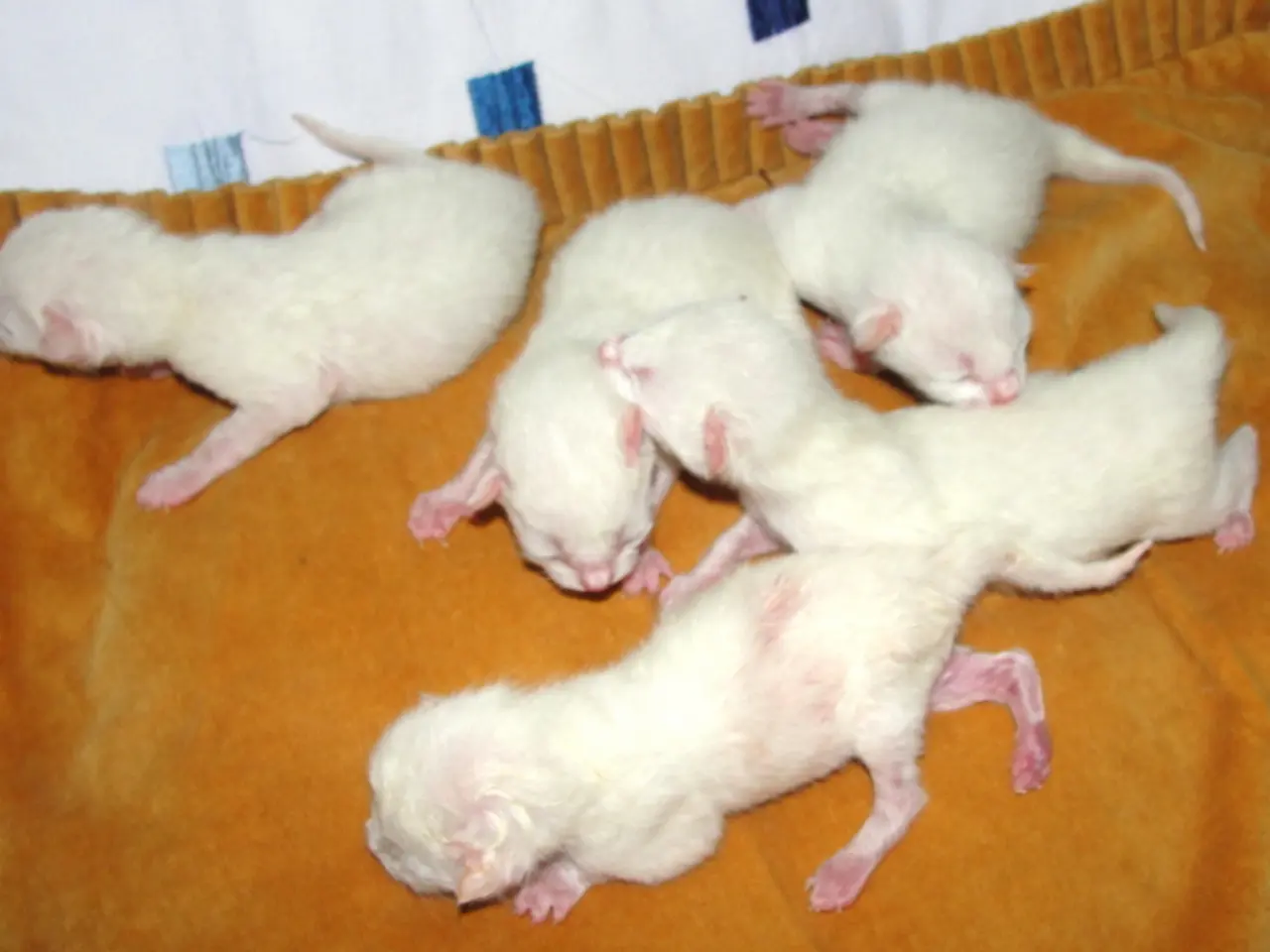Exploring and Mastering the Psychological Aspects of Sexual Preferences
Sexual fetishes, recurring and intense sexual desires for specific objects, body parts, or scenarios, are a natural part of human sexuality, more common than often believed. Nearly half of the population reports at least one persistent sexual interest in atypical objects, situations, or activities.
The development of sexual fetishes is a complex interplay of psychological conditioning, coping mechanisms, and neuroscientific factors related to brain chemistry and pathways.
## Psychological Factors
One contributing factor is learning and conditioning. Through classical conditioning, neutral stimuli can become associated with sexual arousal, a process that occurs through repeated exposure or specific experiences linking the object or act with sexual pleasure.
Traumatic experiences can also lead to the formation of sexual fetishes as a way to cope with distressing emotions or memories. Victims may replay or reenact aspects of their trauma through fetishistic behaviors.
Mental health issues like anxiety, depression, or low self-esteem can lead individuals to seek comfort or stress relief through sexual exploration, potentially resulting in the development of fetishes.
## Neuroscientific Factors
Changes in brain pathways, particularly in regions responsible for reward and pleasure, can contribute to compulsive behaviors associated with fetishes. The repetitive engagement in fetishistic activities can alter these pathways, making them more difficult to control.
The release of neurotransmitters like dopamine during fetishistic activities can reinforce these behaviors, leading to a cycle of craving and reward that is difficult to break. This neurochemical response can drive the development and maintenance of fetishes.
Hormonal factors, such as fluctuations in testosterone levels, can influence libido and sexual interest, potentially playing a role in the development of fetishes.
## Embracing Fetishes
For some individuals, kink and fetishes can serve as a means to heal from past trauma, offering a safe space for exploration and regaining a sense of control. Society often holds misconceptions about fetishes, viewing those with fetishes as "relatively atypical, unhealthy, unattractive, and lacking capacity for emotional intimacy".
If a fetish is causing emotional distress, relationship trouble, or problems at work or in daily routines for at least six months, it might be beneficial to seek professional support. Involvement in kink communities can provide validation, a strong support network, and meaningful social and emotional well-being for many participants.
Opening up about a fetish with a partner can build trust, intimacy, and mutual understanding, but it should be done carefully, with empathy and a focus on mutual consent and respect. A practical approach allows individuals to integrate and express fetishes as a part of their life, turning potential shame into a healthy part of their sexual identity.
[1] Hull, C. L. (1982). The psychology of learning and motivation: An integrative account. Pearson Education. [2] Langevin, H. M., & Chivers, M. L. (2015). Sexual arousal and gender differences: A review of research. Archives of sexual behavior, 44(5), 919-937. [3] Bancroft, J., & Vukadinovic, D. (2004). Paraphilias and sexual offenses. American psychologist, 59(1), 63-74. [4] Kafka, M. (2002). Arousal, desire, and sexual dysfunction. The Lancet, 359(9323), 1911-1915.
- The process of learning and conditioning, as seen in classical conditioning, can contribute to the formation of sexual fetishes, where neutral stimuli become associated with sexual arousal through repeated exposure or specific experiences.
- News about scientific research reveals that changes in brain pathways, particularly those responsible for reward and pleasure, can contribute to the compulsive behaviors associated with fetishes, making them more difficult to control.
- Embracing fetishes as part of life management and health-and-wellness, individuals can find solace and healing in kink communities, foster trust and intimacy with partners by discussing their fetishes, and practice mindfulness to overcome any emotional distress or negative impacts on regular life.




